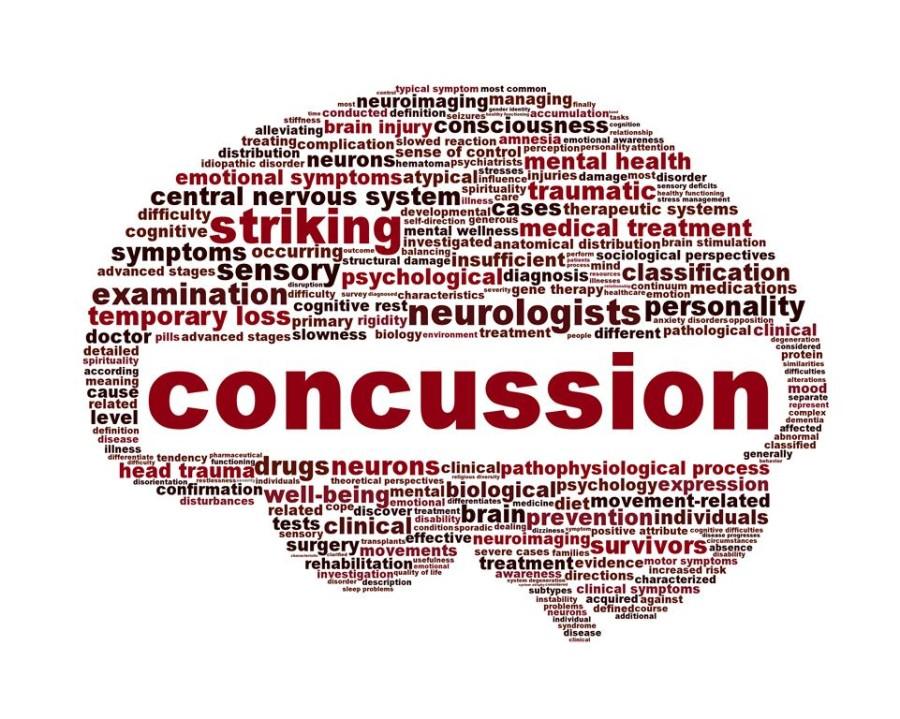Concussion specialists keep punishing that the public stays updated about the impact of concussions on the brain and body so that they can be more aware of the dangers.
Concussions are not only caused by head-to-head collision. According to school trainer David Ortmeier, concussions can be caused by a head colliding with anything, like a knee, a sports ball or the ground.
Another trainer, Diana Lichtenstein, said there is no severity rating system for concussions.
“Even if someone has a lot of symptoms they may get over it quicker than someone who didn’t have a whole lot of symptoms,” Lichtenstein said.
Having a concussion means that certain activities are off limits. Because the brain needs rest, doctors recommend eliminating things that are going to stimulate the brain like technology. No physical activity is allowed because of increase of heart rate and increase of blood pressure.
Also, teachers are notified about the student’s restrictions so they can help keep them caught up in school. Junior Laura Meade had concussions in both middle school and high school from soccer. In middle school, after she had gotten her first concussion, she chose to go back and play and a few days she later hit her head again, which caused a double concussion. Though this was a hard time for her, she said that her teachers worked well with her. But she still found it hard to do school assignments.
“Whenever you get a concussion, you can’t think, you’re not supposed to think,” Meade said. “If you think, you’re not healing.”
Ortmeier said that one of the biggest issues that the trainers at the school face is that doctors have different ways of managing concussions. With new understanding of the severity of concussions, the trainers also see problems with others not treating these injuries seriously enough.
According to Lichtenstein, old coaches or other people who aren’t updated with the concussion rules established in May 2011 might claim the player just has a “ding.”
However, Ortmeier said that coaches are aware now more than any time before about symptoms. This is why students feel more confident about speaking out about their concussions, even if it does mean missing out on a few games.
“The competitive [athletes] are ones that won’t play if they recognize it’s serious enough,” Ortmeier said.
Though her concussions have now passed, Meade still has to deal with side effects almost every day. At the beginning of her healing process, she would get a migraine every day but eventually they lessened. However, she still has to live with the fact that she can no longer play contact sports. To Meade, as the years have gone, she’s learned to cope with it.
“The news of not being able to play soccer anymore or any contact sports was very devastating just because I wanted to continue,” Meade said.
Many people believe that there is a rule that states that if an athlete has more than three concussions, they can no longer continue to play the sport. Ortmeier said that no governing body or the UIL has come out and said this is a rule. Instead, there are guidelines that are better understood by doctors about how many concussions they should allow.
According to Lichtenstein, it’s still up to the doctor to recommend if the student should or shouldn’t continue to play.
“It’s still individual to that physician how they want to handle it,” Lichtenstein said.
No one can be forced out of a sport and that is why Meade believes that it is all up to the athlete and his or her family whether they should continue to play the sport after a concussion.
“I do agree with my doctor that if you do get a concussion you should be wary of playing any more contact sports,” Meade said.








